REPORT: Payments Orchestration Optimizes Digital Payments Efficiencies, Boosts ROI
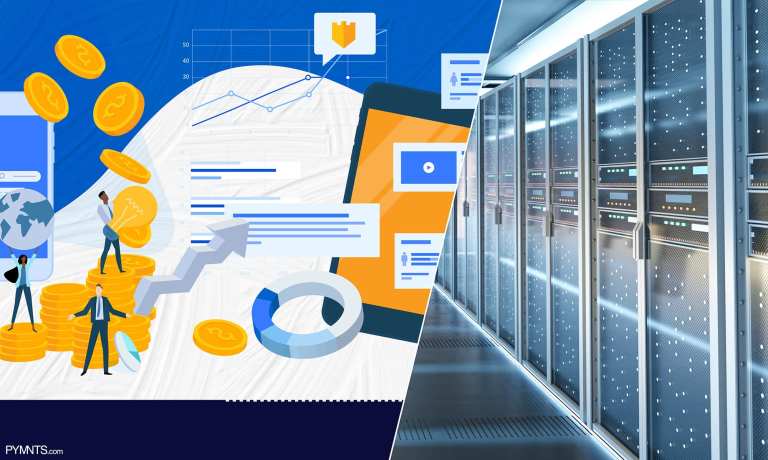
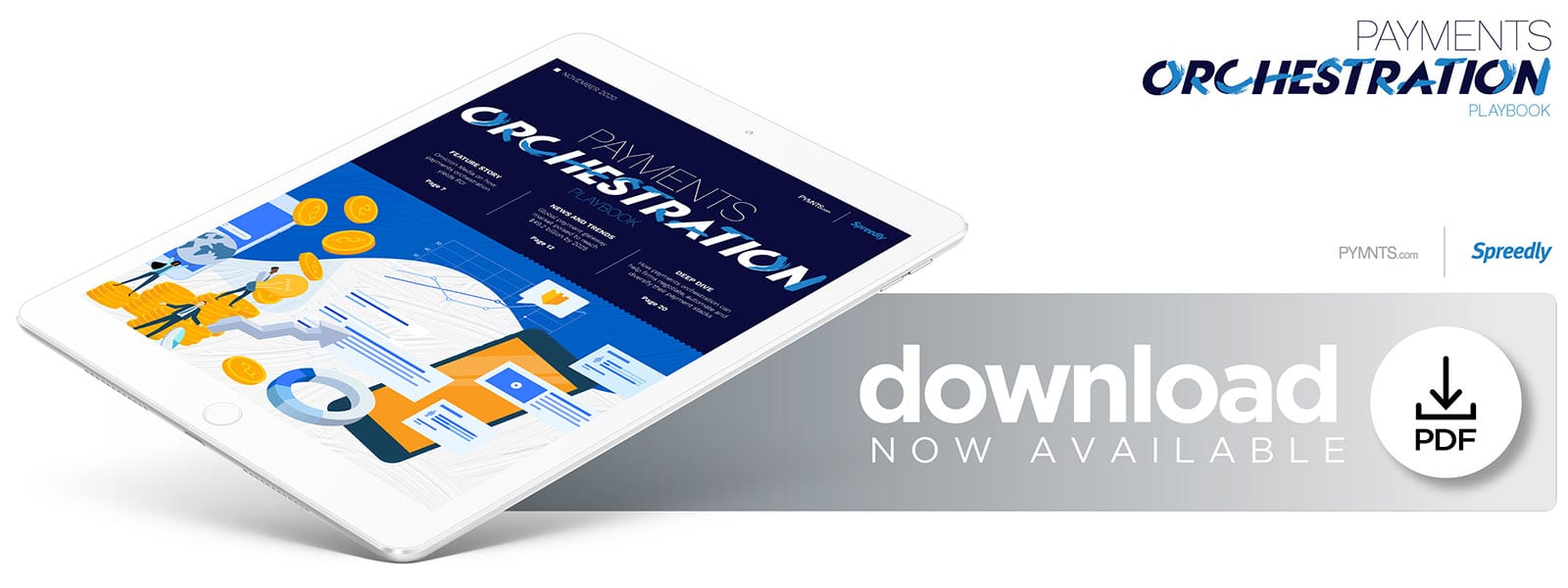
Businesses across the United States likely knew they would be in for a long, uphill battle to stay afloat when they first began closing their doors in mid-March, but did not know just how long they would be dealing with the fallout from the COVID-19 crisis. Roughly eight months since the pandemic was first declared, businesses are now open, but consumers have yet to return to the store in previous numbers. Many of those who are still employed continue to work remotely from home, making it abundantly clear that the digital-first market that has emerged since the pandemic’s outset will likely persist for the foreseeable future.
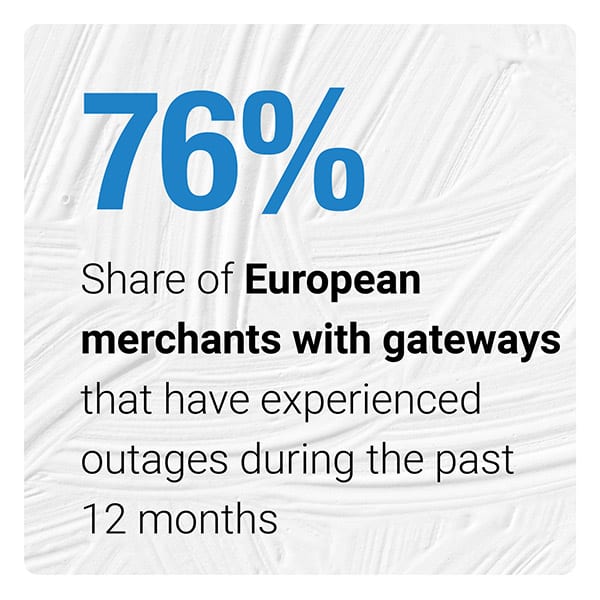 This state of affairs is forcing not only retailers but also their own business partners to reassess the digital capabilities they quickly adopted in spring, with many beginning to question the implications of these capabilities on their long-term sustainability and growth potential. In the November edition of the Payments Orchestration Playbook, PYMNTS examines how payments orchestration is emerging as an effective way to help bring firms up to speed as they find their digital operations wanting.
This state of affairs is forcing not only retailers but also their own business partners to reassess the digital capabilities they quickly adopted in spring, with many beginning to question the implications of these capabilities on their long-term sustainability and growth potential. In the November edition of the Payments Orchestration Playbook, PYMNTS examines how payments orchestration is emerging as an effective way to help bring firms up to speed as they find their digital operations wanting.
Across The Payments Orchestration Ecosystem
Many merchants are rising to the occasion, enhancing and expanding their payment offerings by adding new payment gateway integrations. Businesses’ drive to diversify their payments stacks is propelling a surge in market growth, with the global payment gateway market expected to grow at an average compound annual growth rate (CAGR) of 16.4 percent until 2025, when it is poised to reach $42.9 billion.
In addition to adding new payment offerings, many firms are also searching for tools that can help make their existing payments operations more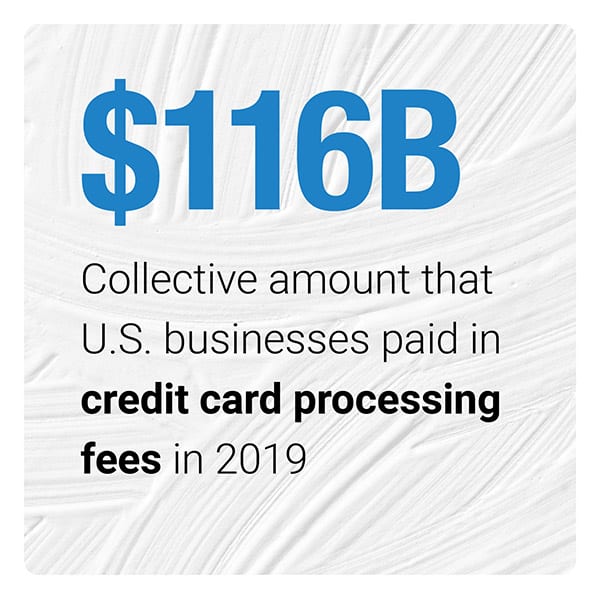 efficient. This is leading some to adopt such tools as least-cost-routine (LCR) technology, which can be used to automate payments systems so that they route transactions through the lowest-cost system without need for manual intervention.
efficient. This is leading some to adopt such tools as least-cost-routine (LCR) technology, which can be used to automate payments systems so that they route transactions through the lowest-cost system without need for manual intervention.
Adding new payment gateways and automating payments operations are only half the battle, however. Adding payments orchestration layers is helping these firms make the most of these new additions to their payments stacks, allowing them to maximize operational efficiency and boost return on investment (ROI).
For more on these and other payment orchestration news items, download this month’s Playbook.
Omicron Media On How Payments Orchestration Can Boost Operational Efficiency
The COVID-19 pandemic triggered a mass migration to online channels as m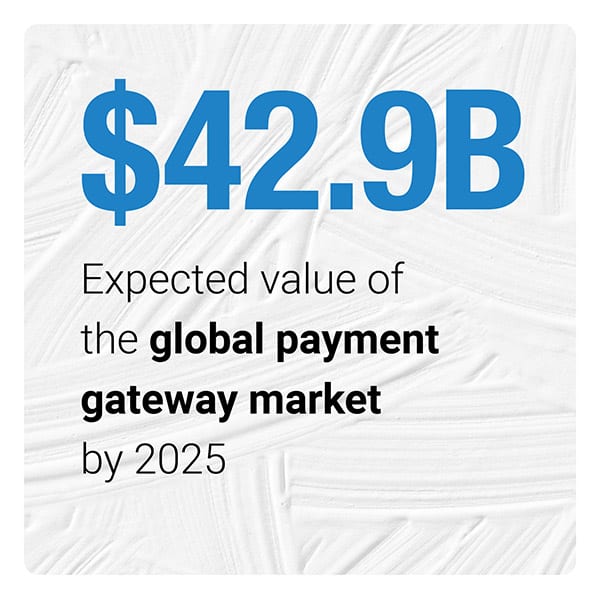 erchants rushed to add new digital capabilities, but some have discovered that the digital operations they adopted in haste are not sustainable for the long haul. For this month’s Feature Story, PYMNTS spoke with Bronson Tubb, vice president of engineering at software firm Omicron Media to discover how payments orchestration can help firms enhance the operational efficiency of their payments processes to help sustain long-term growth.
erchants rushed to add new digital capabilities, but some have discovered that the digital operations they adopted in haste are not sustainable for the long haul. For this month’s Feature Story, PYMNTS spoke with Bronson Tubb, vice president of engineering at software firm Omicron Media to discover how payments orchestration can help firms enhance the operational efficiency of their payments processes to help sustain long-term growth.
Deep Dive: Using Payments Orchestration To Enhance ROI
Paying for payments is an unavoidable cost of doing business, but firms can wind up paying more than necessary if they are not careful. This month’s Deep Dive analyzes how payments orchestration can help firms make the most of every cost-saving opportunity to drive down their operating expenses and boost ROI.
About The Playbook
The Payments Orchestration Playbook, a PYMNTS and Spreedly collaboration, is a monthly report series examining how merchants can optimize their payments processes to satisfy customers and maximize their revenues.